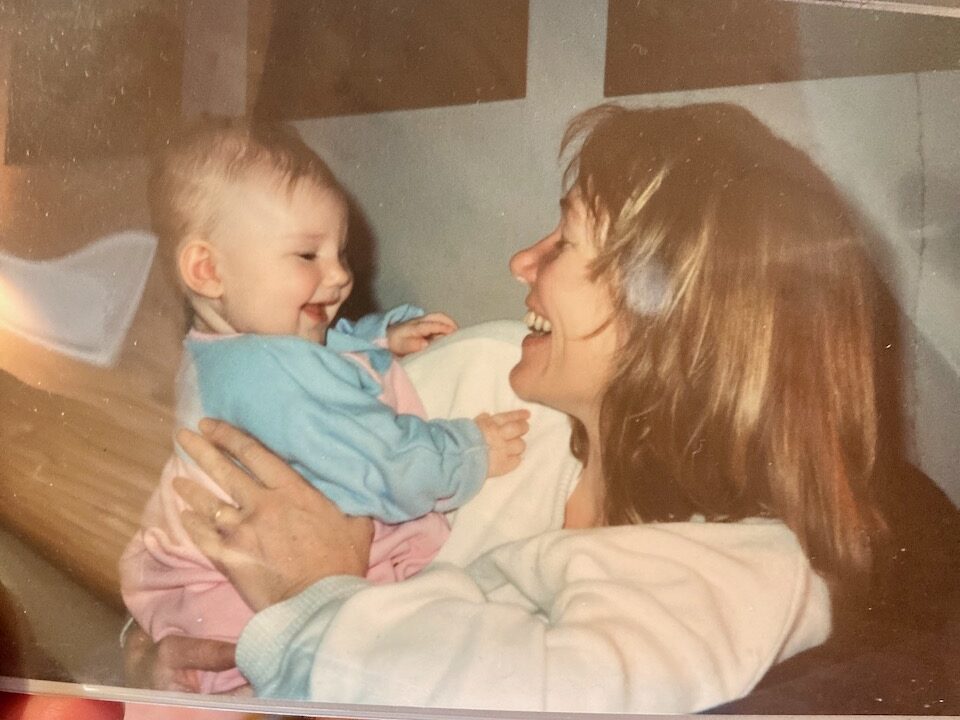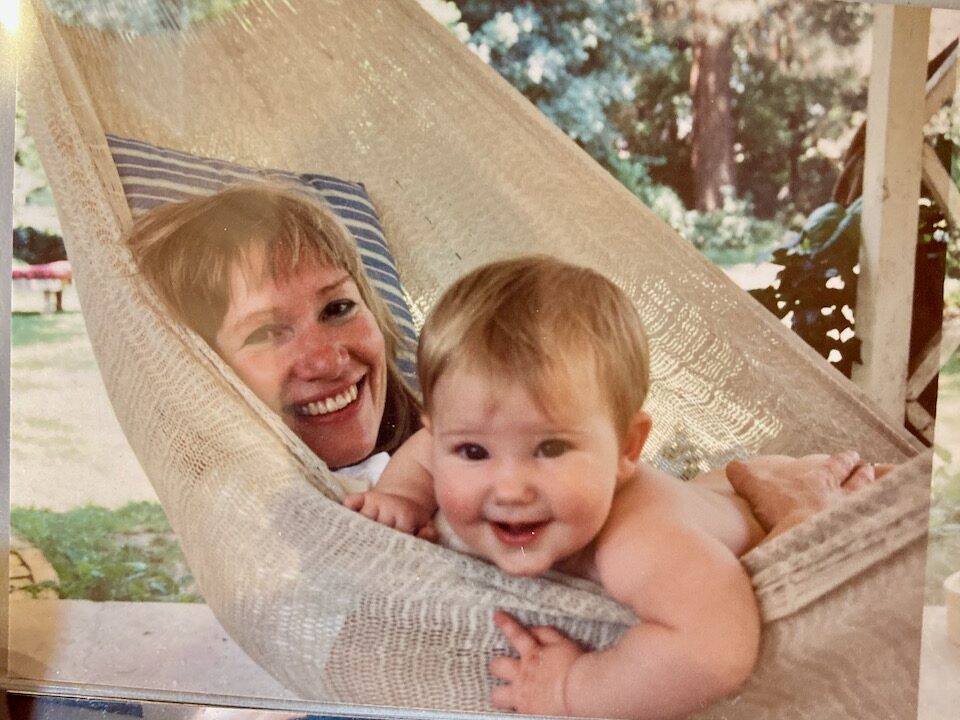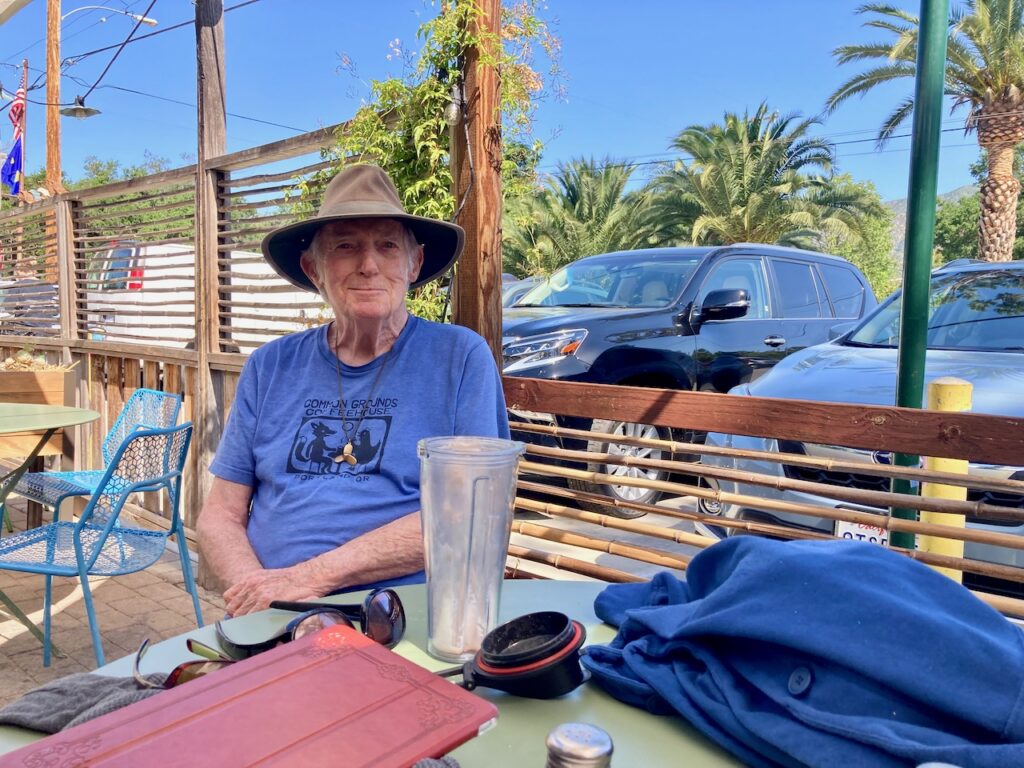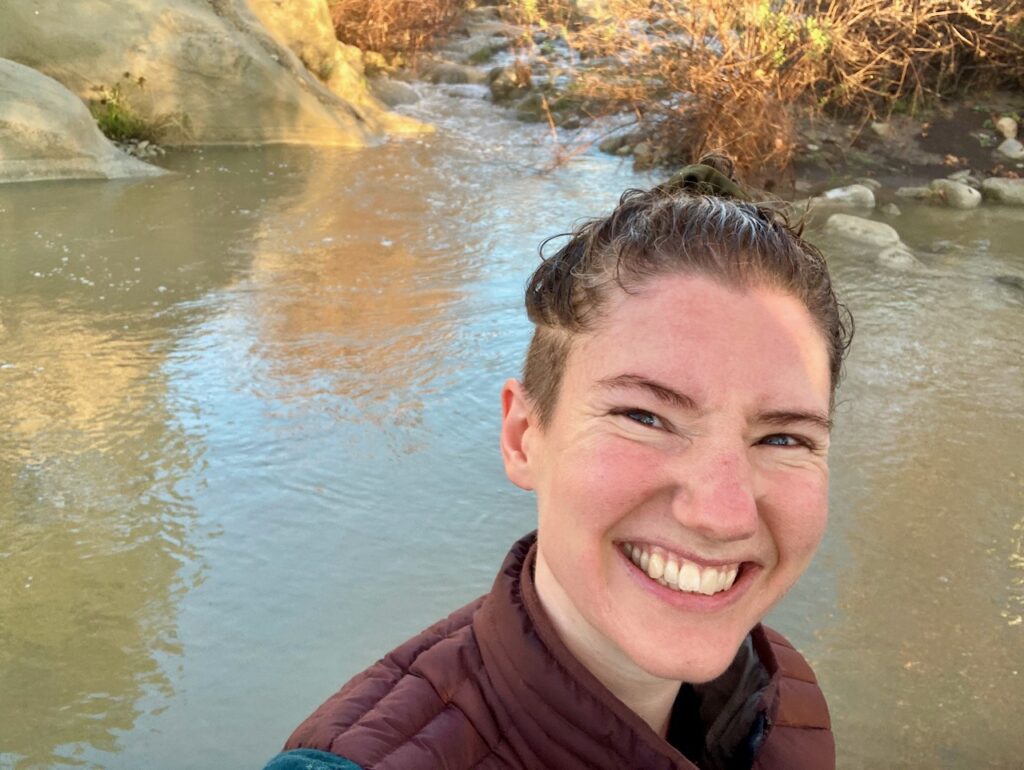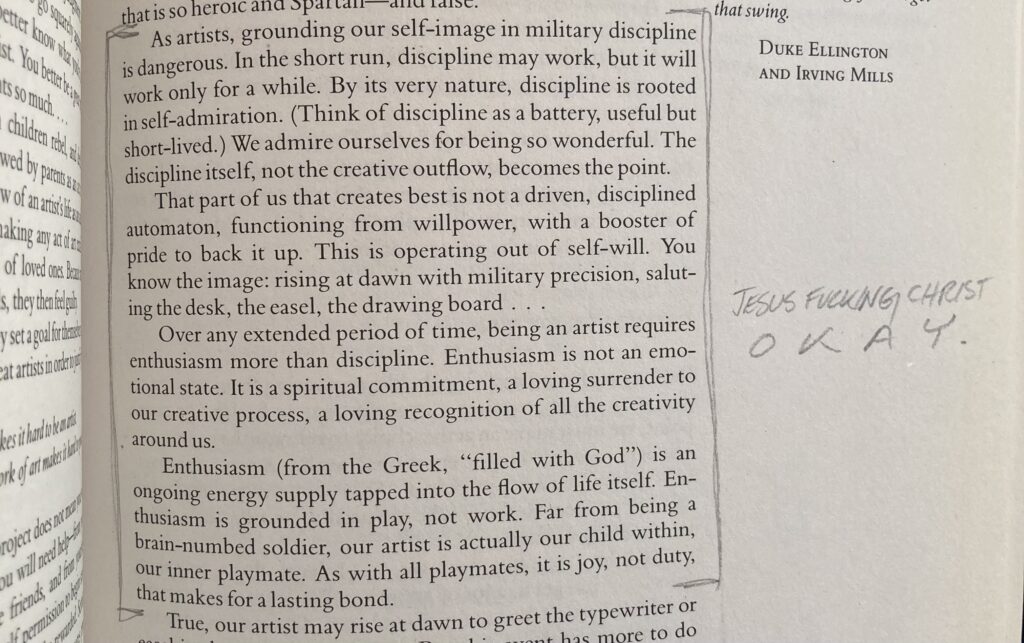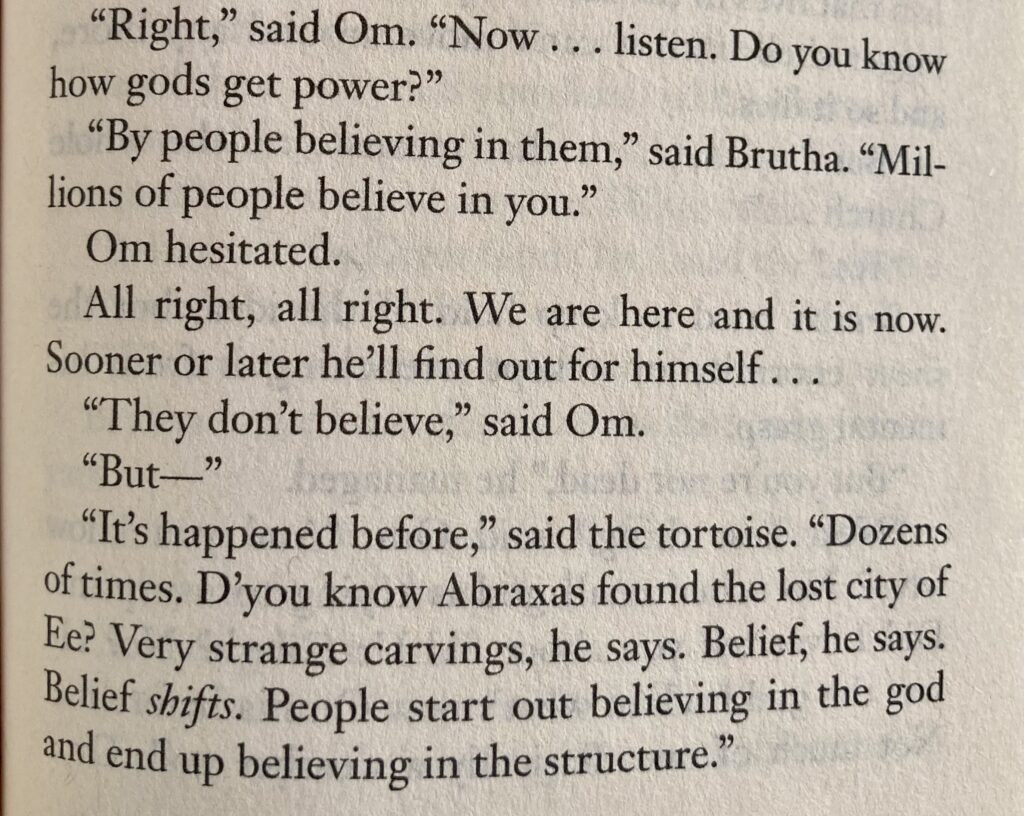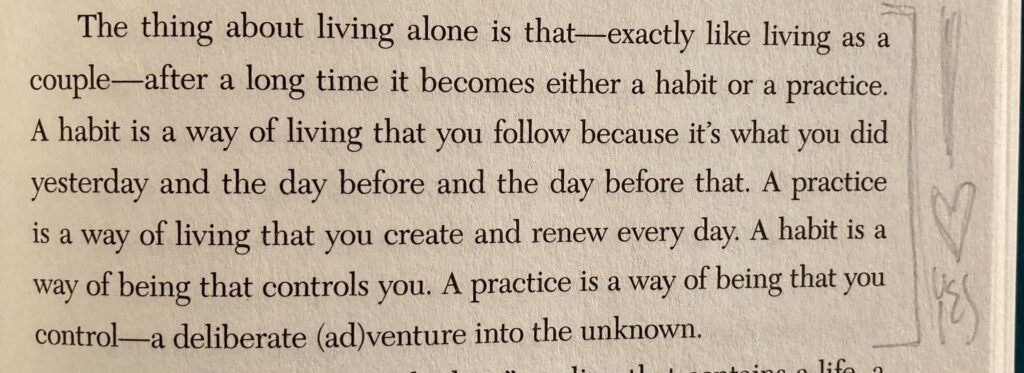(Prefacing this post by saying I’m safe, just processing what’s happening and trying to keep tabs on what it all looks like on the inside. I’m too scattered to make art about it, so a list will do for now.)
- I’m on a zero-to-sixty short fuse, which is uncharacteristic for me. Screamed at my phone when my bank wouldn’t let me log in for more than ten seconds before telling me my session had expired, scared myself.
- I’m exhausted, all the time, tired even after nine hours of sleep.
- Feeling pressure to return to “normal” and pick back up where I left off. Whiplash.
- My heart arrhythmia’s kicking up. Usually I only notice it happening once every couple months, maybe less, but I had a real big one the other day that got my attention.
- Hyper-aware of how little water my dad is actually drinking on a day to day basis, starting to roll new behaviors into my routine to make sure he hydrates. Resentful about how much work this is while also feeling guilty that such an obvious issue has escaped my notice until now.
- Higher than average number of body chills. I’ve started to wonder if they’re a sort of micro-stress cycle completion attempt. I don’t know. I started trying to pay more attention to my body chills last year, because I get them a lot and they often feel like information—typically positive, or at least linked to allowing my body to really feel rather than clouding emotion with action.
- Weird appetite stuff.
- Higher-than-average need to control my work and surroundings, hungry for certainty and logic.
- A lot of sobbing, often (like the anger) appearing and disappearing very fast. The feeling of a summer storm.
- Spending a lot of energy reassuring people that my dad is okay, while deeply conscious of the fact that I am not.
- Time doesn’t quite make sense, can’t grasp that the ambulance ride was five days ago. Doesn’t help that it was 90º the day that it happened and now it’s cold and overcast. Feels like another life.
- A floating awareness from things I’ve read and friends I’ve helped support and experiences I’ve been through before that this is trauma making its way through my body in a completely natural way, but still feeling a sense of horror and powerlessness.
Just writing this all down helps me recognize the signs and patterns of a mental health downswing, and to understand that this will pass with time and a lot of care for my heart and my body, but also it sucks in the present. That’s reasonable.
